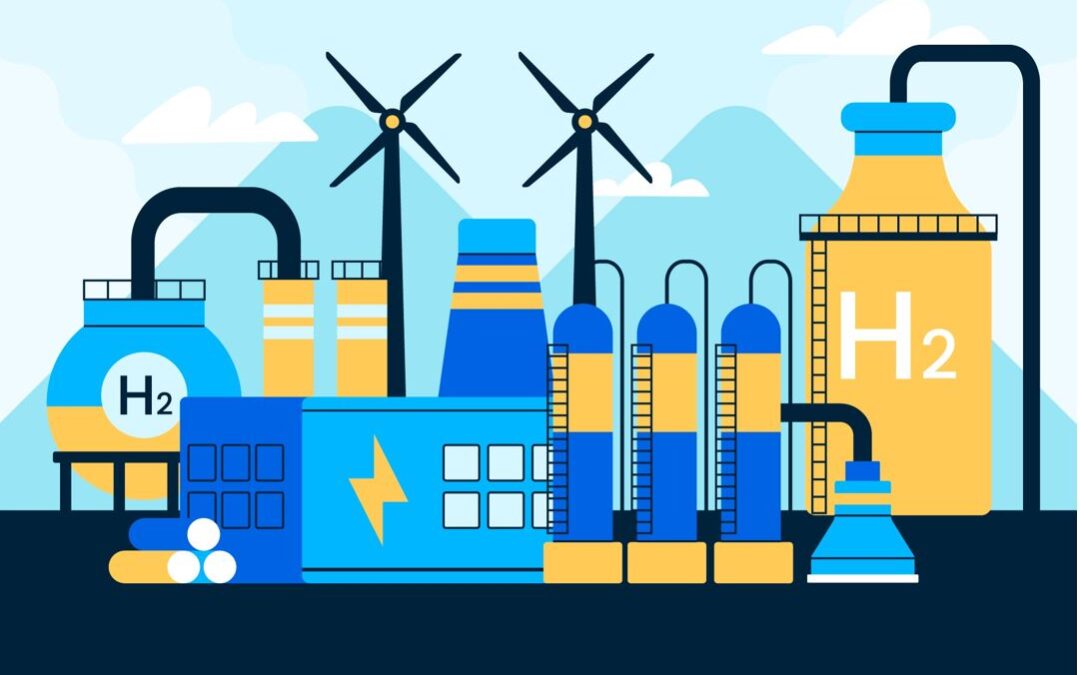In today’s rapidly evolving regulatory landscape, managing carbon emissions has become the baseline for businesses worldwide. However, forward-thinking companies recognise that simply meeting compliance standards is no longer enough. It is the proactive, strategic use of Carbon Management Systems (CMS) that creates real competitive advantage. By leveraging technology and embedding sustainability into core operations, businesses can transform carbon management from a cost centre into a driver of brand value, operational efficiency, and investor confidence (McKinsey, 2024; IEA, 2024).
The Growing Pressure of Carbon Regulation
Governments worldwide are tightening rules around climate-related disclosures, making carbon management a legal requirement rather than a voluntary choice.
-
In the UK, the Climate-related Financial Disclosure Regulations 2022 require large companies and listed entities to follow the Task Force on Climate-related Financial Disclosures (TCFD) framework (UK Government, 2022).
-
In the EU, the Corporate Sustainability Reporting Directive (CSRD) expands reporting obligations to nearly 50,000 businesses, a sharp increase from the 11,000 previously covered under the Non-Financial Reporting Directive (European Commission, 2023).
-
Global standards such as the Greenhouse Gas (GHG) Protocol and ISO 14064 provide the methodologies needed to measure emissions consistently and credibly (GHG Protocol, 2015; ISO, 2018).
While these frameworks establish the baseline, many companies are realising that simply following the rules does not unlock the full value of their carbon data.
Beyond Compliance: Unlocking Commercial Value
When implemented strategically, CMS deliver a suite of commercial benefits that go well beyond regulatory conformity:
Building Brand Trust and Customer Loyalty
Transparency and proactive climate action resonate strongly with customers and partners. According to the Carbon Disclosure Project (CDP), companies with robust carbon management outperform peers in both brand perception and customer retention (CDP, 2024). In sectors where ESG performance is paramount, carbon leadership is a distinct differentiator.
Securing Financing and Capital Advantage
Financial institutions are embedding climate risk into lending and investment. For example, HSBC’s Sustainability Improvement Loan provides preferential rates to businesses with credible carbon reduction strategies (HSBC, 2025). A McKinsey study (2024) found that companies with mature sustainability programmes benefit from a lower cost of capital and stronger investor confidence.
Enhancing Operational Efficiency and Cost Savings
CMS enable detailed tracking of energy consumption and emissions, helping organisations identify inefficiencies and optimise processes. Real-time data and predictive analytics support targeted interventions that reduce waste and lower costs. In sectors such as manufacturing and real estate, deploying CMS can cut energy use by up to 20% (IEA, 2024).
Strengthening Supply Chain Competitiveness
As buyers increasingly demand emissions transparency across supply chains, CMS become essential for managing Scope 3 emissions. Companies that can demonstrate robust carbon management across their vendor networks gain preferred supplier status and reduce risk exposure (CDP, 2024).
CAESL’s Role in Driving Competitive Carbon Management
EPC⁺ Framework and Digital Carbon Management
Traditional EPC models focus on energy savings through capital projects. CAESL’s EPC⁺ framework goes further by embedding granular carbon measurement and IoT-enabled monitoring into every stage of delivery. AI-driven analytics provide continuous verification, predictive maintenance, and adaptive optimisation. Research indicates that such continuous systems can reduce energy use by 15–20% beyond conventional EPC outcomes (Energy Efficiency Journal, 2023).
Residential and Community Decarbonisation: Hampshire Mansion House
One flagship project is the Hampshire Mansion House retrofit. Through deep energy upgrades and IoT sensor deployment, the project achieved over 12,000 kg CO₂ reductions annually and reduced energy use by 22%. This data-driven approach also positioned the client to access sustainability-linked finance and local green building certifications (MRI Software, 2024).
Industrial Performance Optimisation: Ahmad Tea Limited
CAESL’s energy and water audits at Ahmad Tea Limited identified inefficiencies in process heating and water use, achieving 21% emissions reductions in the first year. IoT-enabled monitoring supports real-time deviation tracking and predictive maintenance, ensuring both compliance and resilience against energy price volatility (CAESL, 2024).
Carbon Market Participation and Monetisation
Beyond operational improvements, CAESL advises clients on maximising value from carbon markets. By navigating both voluntary markets (e.g. Verra’s Verified Carbon Standard) and compliance schemes like the EU ETS, clients can monetise verified reductions. With carbon credit prices up by more than 40% in recent years (Ecosystem Marketplace, 2024), participation creates new revenue streams while strengthening reputational capital.
Conclusion
CAESL’s integrated approach to carbon management goes well beyond compliance. Through EPC⁺, digital monitoring, and carbon market advisory, we transform CMS into a source of competitive advantage. Our clients achieve measurable environmental impact while enhancing financial performance, operational resilience, and brand value.
As regulations tighten and stakeholder expectations rise, companies partnering with CAESL position themselves not just as compliant, but as leaders in sustainable business innovation.
References:
International Energy Agency (IEA). (2024) Energy Efficiency 2024 Report. Available at: https://www.iea.org/reports/energy-efficiency-2024 (Accessed: 9 August 2025).
McKinsey & Company (2024) Managing carbon: A new role for the CFO. Available at: https://www.mckinsey.com/capabilities/strategy-and-corporate-finance/our-insights/managing-carbon-a-new-role-for-the-cfo (Accessed: 9 August 2025).
CAESL (2024) Projects, Chamberlains Aqua System. Available at: https://www.caesl.co.uk/projects (Accessed: 10 August 2025).
UK, Government. (2022) UK to enshrine mandatory climate disclosures for largest companies in law, GOV.UK. Available at: https://www.gov.uk/government/news/uk-to-enshrine-mandatory-climate-disclosures-for-largest-companies-in-law?utm_source (Accessed: 10 August 2025).
Carbon Disclosure Project (CDP) (2024) ‘CDP report reveals untapped business gains of USD 165 billion from tackling supply chain climate risks’. Available at:
https://www.cdp.net/en/press-releases/cdp-report-reveals-untapped-business-gains-of-usd165-billion (Accessed: 10 August 2025).
MRI Software (2024) A guide to IoT and smart energy management. Available at:
https://www.mrisoftware.com/uk/blog/future-energy-efficiency-iot-smart-energy-management/ (Accessed: 12 August 2025).
Ecosystem Marketplace. (2024) State of the Voluntary Carbon Markets Report 2024. Available at: https://www.ecosystemmarketplace.com/reports/voluntary-carbon-markets-2024/ (Accessed: 10 August 2025)
Energy Efficiency Journal. (2023) ‘Continuous Measurement Systems in Energy Management’, Energy Efficiency Journal, 17(3), pp. 213-229.
ISO. (2018) ISO 14064 – Greenhouse Gases – Part 1: Specification with Guidance at the Organization Level for Quantification and Reporting of Greenhouse Gas Emissions and Removals. International Organization for Standardization. Available at: https://www.iso.org/standard/66453.html (Accessed: 10 August 2025).
European Commission. (2023) Corporate Sustainability Reporting Directive (CSRD). Available at: https://ec.europa.eu/info/business-economy-euro/company-reporting-and-auditing/company-reporting/corporate-sustainability-reporting_en (Accessed: 10 August 2025).
GHG Protocol. (2015) Greenhouse Gas Protocol. Available at: https://ghgprotocol.org (Accessed: 10 August 2025).
HSBC. (2025) Sustainability Improvement Loan . Available at: https://www.business.hsbc.uk/en-gb/products/hsbc-uk-sustainability-improvement-loan (Accessed: 10 August 2025).




